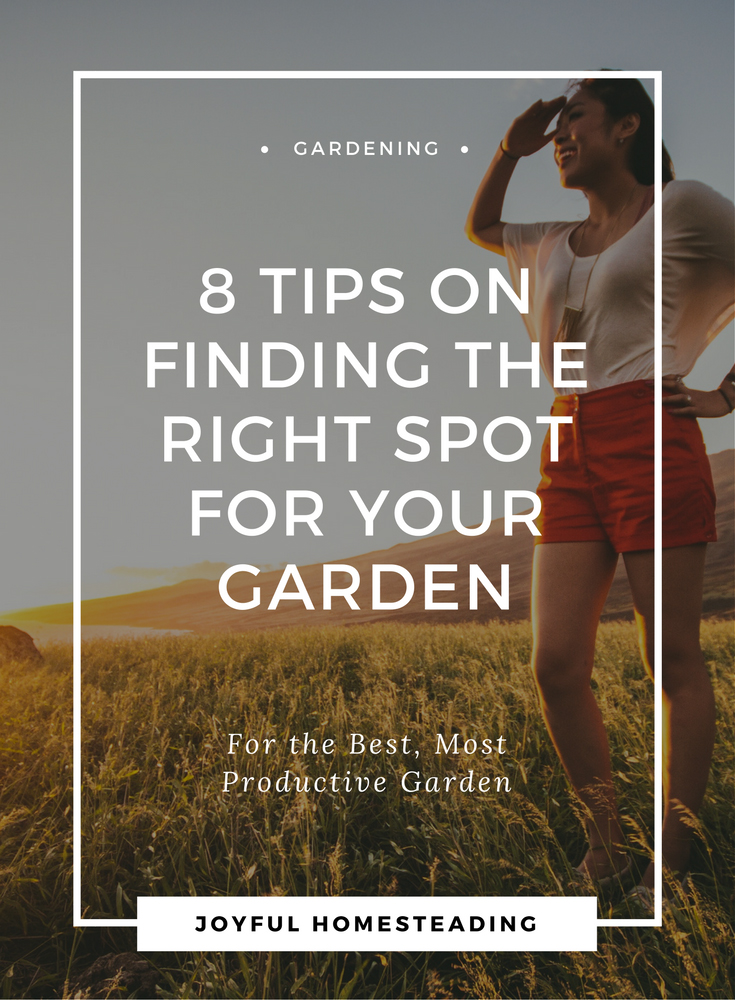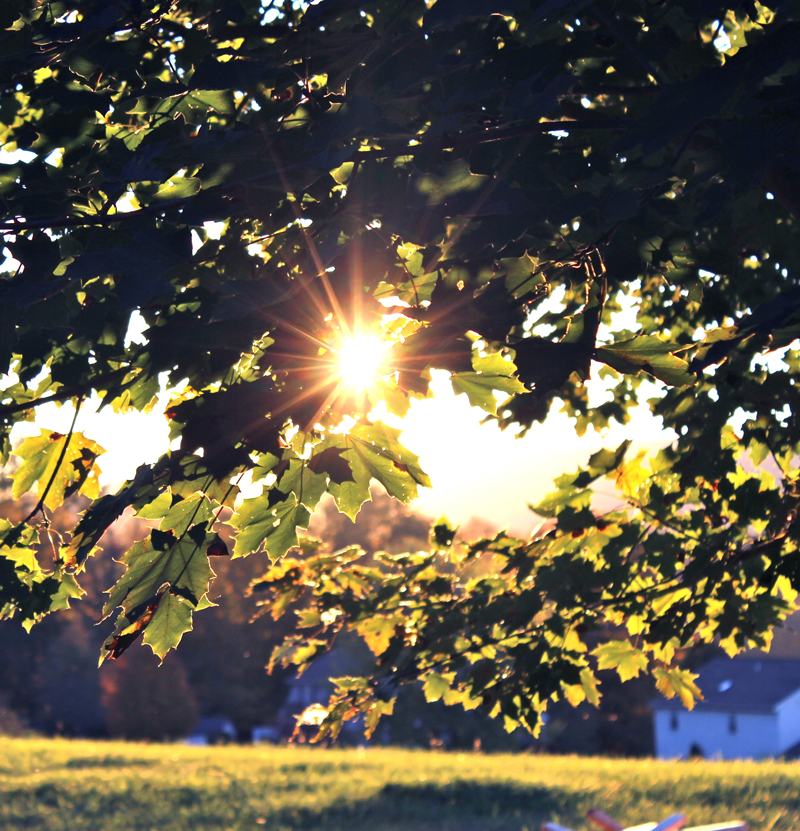Practical Organic Gardening Methods
Finding the Right Garden Location
Practical organic gardening methods include choosing the best spot for your garden. It's one of the most important steps of organic gardening.
You will either have pleasure and a bountiful harvest or years of headaches depending on the location. That’s why considering a few points now will make your organic gardening easier and fun. Here are eight tips on picking the perfect spot for your organic garden:

Practical Organic Gardening Methods
Tip One:
Sunlight
This is especially crucial if you plan to grow vegetables over the winter. You will want a garden location that gets at least six hours of sunlight each day.
If you live in an area where the temperatures are milder, then you will want a garden that gets its maximum sunlight in the morning.
If the summers are hot where you live, look for an area that gets some afternoon shade.

Practical Organic Gardening Methods Tip Two: Steer clear of trees
Avoid planting by large trees as they provide too much shade and will compete with your garden for nutrients and water.
Tip Three: Keep It Close to Water
If you want your garden to produce in bountiful supply, it will need lots of water, so make sure your garden location is close to a reliable water source. The last thing you want to do is to carry heavy buckets of water to your garden every day.
Practical Organic Gardening Methods
Tip Four:
Consider Collecting Your Water
Keep a cistern near your garden location to collect rainwater. That way you'll save on water costs if you live in town and fuel costs if you live in the country. (It takes electricity or gas to run a pump if you are on a well system). Get the water out of the cistern either through a pump or by using good old fashioned gravity.
You can also use recycled household water on your lawn, ornamental shrubs, fruit and nut trees, but don't use it on your vegetables, herbs or soft fruits in other words fruit that is not grown on trees unless you have tested it to make certain it is safe.
Practical Organic Gardening Methods Tip Five: Think About The Wind
If you live on the plains like I do, then you know the wind can wreak havoc with a lot of things, including your tender garden plants. A wind-break can help reduce the wind and give your plants a chance to thrive.
You don't want to completely block the wind, as that will create turbulence, so instead use layers of trees and shrubs, or put trellises nearby that are strong enough to support vine-type vegetables, such as squash. These will reduce the wind without creating troublesome turbulence.
Tip Six:
Think About
Sufficient Drainage
We live on a wooded lot, and sunny spots are few and far between. Unfortunately, the only available spot for our garden was at the bottom of a hill. Every time it rains, the area is covered with six inches of water.
We dealt with this problem by building raised beds that were at least 18 inches high. Your plants hate standing in water, so the next time it rains, look at the ground you are considering for your garden location, and build raised beds if needed.
Tip Seven: What About the Soil?
This is the least important issue when considering your garden location, because the soil can always be improved. Start composting now, or consider putting in easier raised beds that do not require digging. Over time, even the worst of soils can be improved with rich soil you make yourself.
Practical Organic Gardening Methods Tip Eight: Keep It Close
A garden location that is close to your front steps is easier to keep weed-free. That way, you can pull out two or three of the unwelcome plants each time you walk to and from your car. Harvesting vegetables and herbs for meals will also be easier if your garden is close to the kitchen.
So there you have it. Follow these tips and your next garden will be easier, more bountiful and downright fun!










New! Comments
Have your say about what you just read! Leave me a comment in the box below.